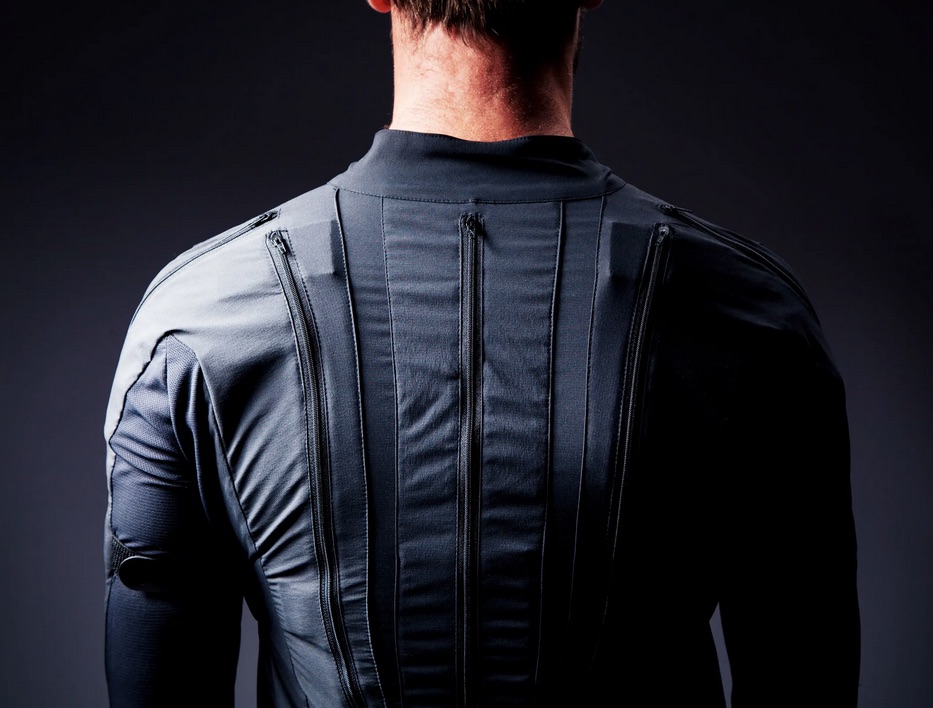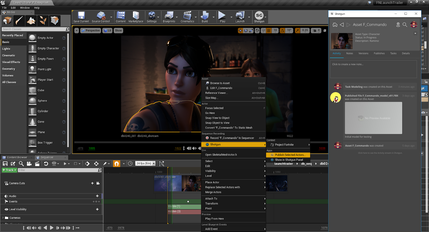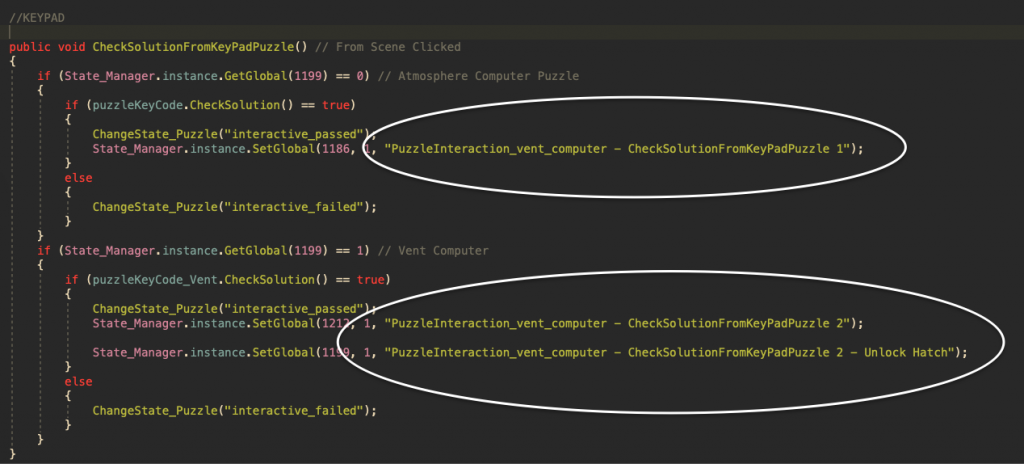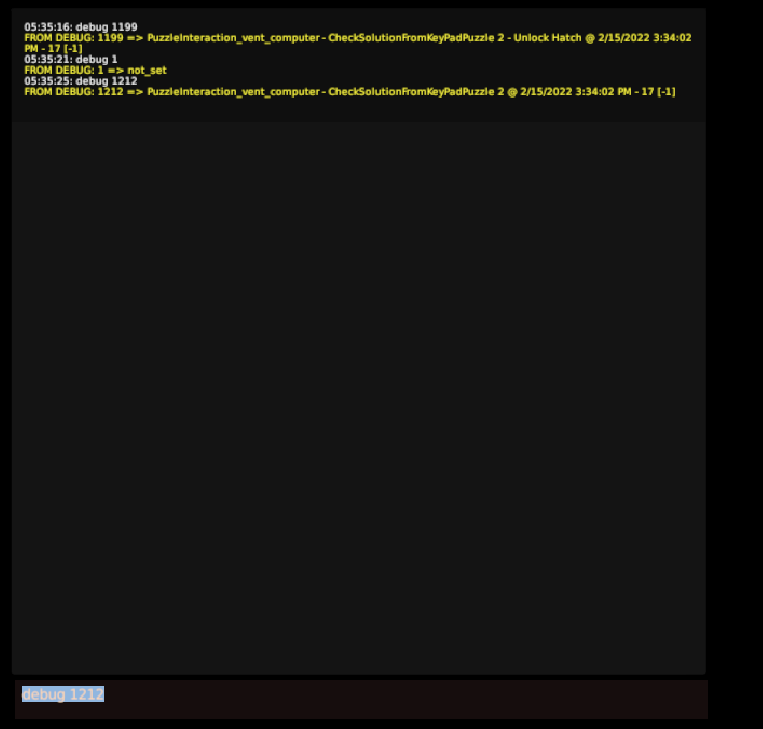Pyke
The Brotherhood

Hey man - Ill ask nic to have a look at that. Probably some wordpress thing.
















MARK MORGAN IS BACK!
A year ago we launched our crowdfunding campaign! If you missed out, you can still get your name in the credits but this time window is closing. Find out here to join us here: STASIS 2
We are excited to announce that Mark Morgan is back!
He has composed a beautiful soundtrack for Bone Totem which continues his proud horror tradition with us. His work on Stasis was critically acclaimed and enhanced the visuals and the atmosphere – and needless to say, we are thrilled to have him on board.
From Fallout, The Bards Tale, and Wasteland, he brings a lifetime of talent to our project, so here is an exclusive sneak peek:
or listen here:
https://www.thebrotherhoodgames.com/studio/2021/11/10/mark-morgan-is-back/
MARK MORGAN IS BACK!
A year ago we launched our crowdfunding campaign! If you missed out, you can still get your name in the credits but this time window is closing. Find out here to join us here: STASIS 2
We are excited to announce that Mark Morgan is back!
He has composed a beautiful soundtrack for Bone Totem which continues his proud horror tradition with us. His work on Stasis was critically acclaimed and enhanced the visuals and the atmosphere – and needless to say, we are thrilled to have him on board.
From Fallout, The Bards Tale, and Wasteland, he brings a lifetime of talent to our project, so here is an exclusive sneak peek:
or listen here:
















A SHORT FILM BY CHRIS BISCHOFF
Chris recently took part in a Rokoko showcase competition.
We are using a Rokoko suit for the motion capture of cinematics in STASIS 2.
Motion capture is the process of making human (and sometimes animal) motion digital. With the help of optical sensors or markers, the motion data is transmitted from an actor to a computer. Here, the captured motion data is used for animating 2D or 3D models. In game dev and filmmaking, motion capture is an unparalleled method for making animated characters move more realistically. Compared to code based animation, it is also superior in terms of speed and accuracy.

We have also been learning the film making tools in Unreal.
What you see in this short animation is captured at 4k and edited in Unreal in real-time, which means no rendering time at all! This will allow us much more flexibility in producing quality pre-rendered cut scenes for our games.



Any plans to support saved game imports? Even if the ways that Bone Totem recognized decisions extracted from saves are superficial or cosmetic, saved game importing is a fun throw-back to an older era of computer games and may even spark some interest in your back catalogue.with the events from those games influencing the world and characters in the game
































HELPFUL HINT FOR DEVELOPERS
I thought this might be a helpful idea for developers who need to track many global values in their games. I refer to global values as a set of values that are used to alter the game state, store quantities, etc.
I have used strings rather than numeric values in a Dictionary in the past, but I have preferred to use numeric references for value stores for the last two games we have made. I found that referencing variables by name enforced lazy coding, and using a numeric reference with a spreadsheet was more efficient.
DEBUGGING GLOBAL VALUES

One thing that helped me tremendously with Beautiful Desolation was storing the reference AS WELL as a note to the code that changed the global value. So, for example, if you look at the code above, I store a string reference to the Script file and the Method that altered this value. It may seem cumbersome now, but it has saved me hours of trying to work out where a value was set from.

I have a singleton that stores the State Array as a List that contains all of the values and the place that set them.
Here is the clever part, I also write this data to the savegame file.
This Save is a dump of the State – what this means is that I can load ANY save from a player, tester, or my code base and review where and when the value was set. This helped out a MASSIVE amount during the playtesting of Desolation, which had 1500 variables in the State.
If a player sends me their save file, I can quickly ascertain why a value is not being set, or where it collided with another puzzle. If the save file only contained the value it would be useless in a debugging context.

My ingame Debug tool also allows me to check the details on any variable quickly.

This only took a few minutes to implement and it has made my life much easier!



Cutscenes look amazing, what did you use to render them? Final trailer should probably use voice overs or at least written commentary between the scenes because this way you mostly see characters running through environment (which isn't all that interesting out of the context).

Cool video, is the rainbow watch seen around ~12 sec into the video an in-game item/rational for interactive object highlighting? Is it something we can turn on/off at will?
edit: very cool, I haven't been following this closely and didn't know it was underwater themed. "Deep Sea 15", a nod to Area 51?

It's nice that you're exploring very different environments in each of your releases. It would be easy to get pigeonholed in the "space horror" genre, for example. Granted there's a lot of crossover between deep space / deep ocean (claustrophobia, "out there" can kill you in an instant), but there's also a lot of unique themes and visuals. BD in-between is a total palette cleanser.
Any thoughts for environment on the *next* game?







